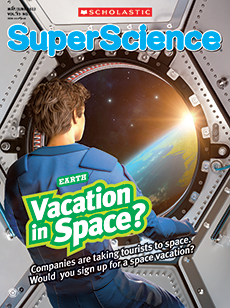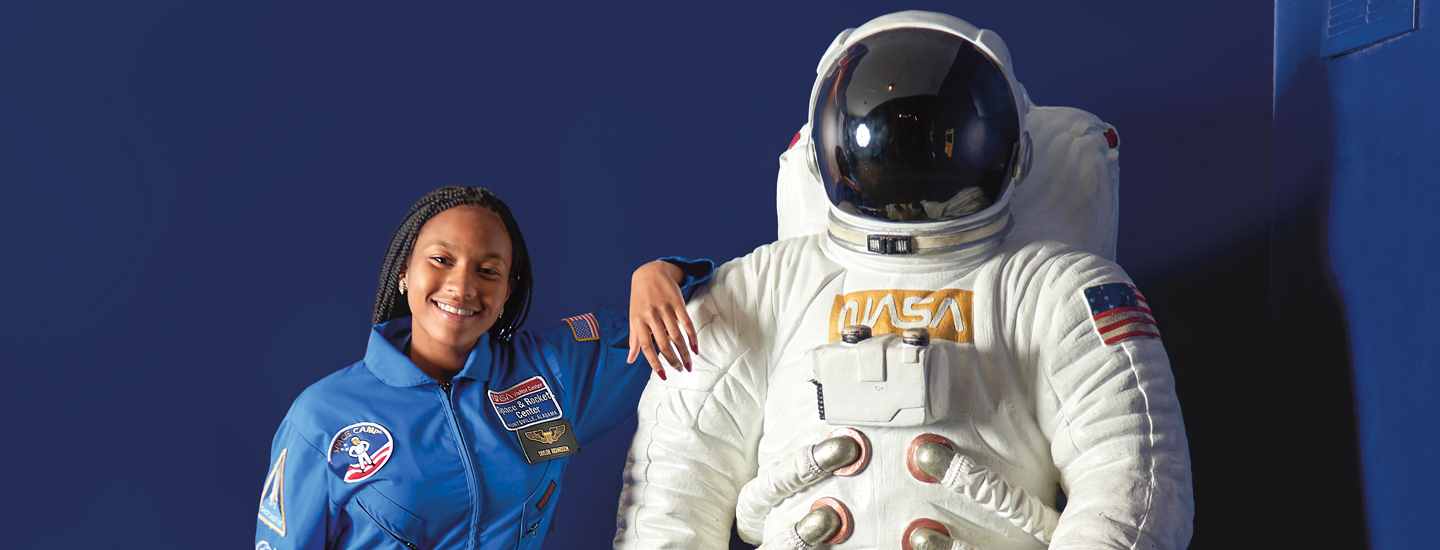Taylor Richardson is only in eighth grade. But she already knows what she wants to do with her life. She hopes to be one of the first people to visit Mars!
The 14-year-old from Jacksonville, Florida, may have the chance to do just that. NASA plans to send astronauts to the Red Planet sometime in the 2030s. By then, kids Taylor’s age will be old enough to make the trip.
Taylor first set her sights on space at age 5 after reading an autobiography of astronaut Mae Jemison. In 1992, Jemison orbited Earth aboard the space shuttle Endeavour. She was the first Black woman in space. “She looked just like me!” says Taylor. “I felt so inspired by what she achieved.”
Since then, Taylor has been pursuing science, technology, engineering, and math—fields collectively known as STEM. She’s also working to empower other young people to shoot for the stars.
Taylor Richardson is only in eighth grade. But she already knows what she wants to do with her life. She hopes to be one of the first people to visit Mars!
The 14-year-old is from Jacksonville, Florida. And she may have the chance to live her dream. NASA plans to send astronauts to Mars. It aims to send them there sometime in the 2030s. Kids who are Taylor’s age will be old enough to make the trip by then.
Taylor first set her sights on space at age 5. She had read a book by astronaut Mae Jemison about her life. Jemison orbited Earth in 1992. She flew aboard the space shuttle Endeavour. She was the first Black woman in space. “She looked just like me!” says Taylor. “I felt so inspired by what she achieved.”
Taylor has been studying science, technology, engineering, and math since then. Together, these fields are known as STEM. She’s also working to inspire other young people. She wants them to shoot for the stars too.

